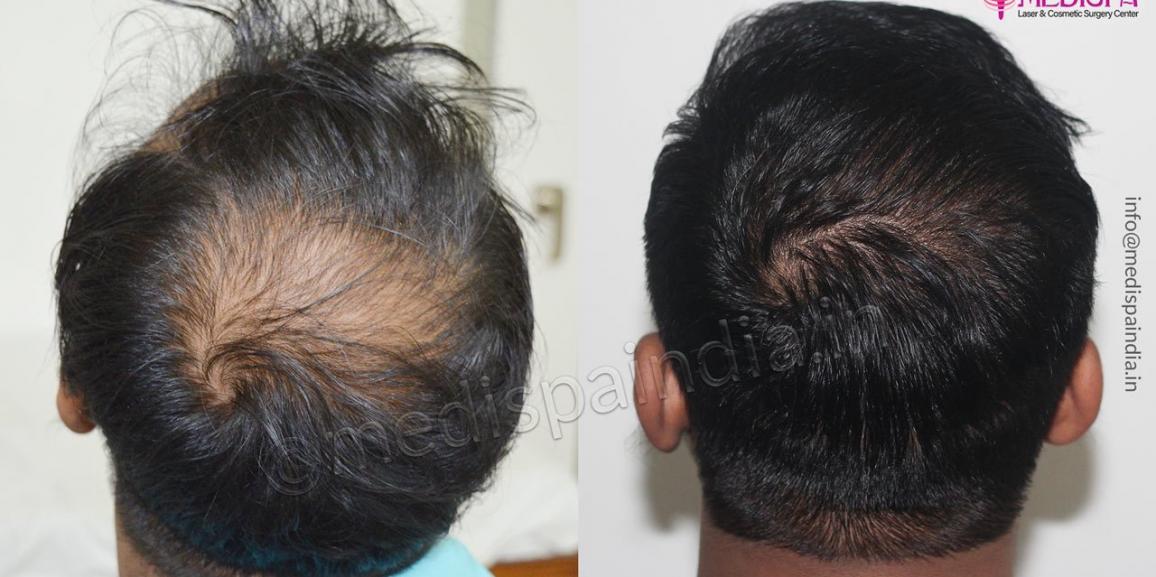
The most popular hair loss treatment today is hair transplantation.
Is it overrated, or is it actually the finest method for treating baldness?
Tell us about it!
Particularly in India, Jaipur has a reputation as having the best hair transplant industry. All of it is a result of the city’s accessible, high-quality healthcare. The art of hair transplantation is well known worldwide. Due to the high cost of hair transplants in the west, tourists from other countries choose to travel for hair transplant in Jaipur. People can affordably have hair transplants in India of global calibre.
The low hair transplant cost in Jaipur may be due in part to the city’s clinics’ intense competition with one another.
Issue of hair loss
The issue of hair loss is difficult for everyone. When hair loss is present, people experience great mental anguish as well as public humiliation. You will inevitably lose confidence in these situations. The issue with hair loss might only be transient. The good news is that if your hair loss is transitory, you won’t need any treatment; but, if it’s persistent, you’ll need to see a doctor.
Pattern baldness: What is it?
Androgenic alopecia is another name for pattern hair loss. The genetic malfunction that causes the hair roots to be excessively susceptible to androgenic hormones is the cause of this disorder. The oversensitive hair roots thin out and eventually fall out, which results in progressive baldness. Either the frontal region or the temporal triangles are where the hair loss starts. These patches of baldness combine with thinning hair to create a larger bald region covering the head, leaving a band of hair on the sides and back of the head.
Stages of pattern baldness?
According to the Norwood classification, which describes the degree of baldness, there are seven phases of hair loss. The seven stages of hair loss are described as follows:
Class I: Entire hairline lies high on the forehead and is not actually balding.
Class II: Triangular areas of recession in the sides of frontal area and minimal recession on mid frontal area.
Class III: Borderline case. Deepening of triangular recession or can include thinning of hair on the vertex.
Class IV: Further frontal hair loss and widening of hair loss from vertex but still a wide band of hair present separating frontal and vertex hair loss.
Class V: Widening of frontal and vertex hair loss and continual breaking of separation line of hairs between frontal and vertex baldness.
Class VI: Band or bridge of hair disappear merging frontal and vertex baldness.
Class VII: A band ofhair presents only in back and side of the head.
Hair Restoration for treating male pattern baldness: is it the right solution
As previously stated, if permanent hair loss is the result of genetic factors, surgery is clearly necessary. Many methods are currently offered, shared, and accessible in the commercial world to handle the same. Most people accept hair loss as transitory in the early stages and wait for it to end on its own, but it should be understood that if hair loss is permanent, it won’t cease on its own.
Most people who are ignorant of the more attractive and natural-looking procedures like hair transplants typically select wigs, hair patches, and synthetic hairs as their first choice. Most guys think of wigs, hair patches, and synthetic hair since they are affordable and offer quick results. Some solutions do have a few significant negatives, though, including high maintenance requirements that necessitate regular repairs, high long-term costs, and everyday inconvenience.
But more crucially, the effects are undeniably artificial and have a plugged appearance. As a result, these strategies are rarely retained as a long-term option. In order to reduce hair loss, drugs are also frequently prescribed; however, this has the significant problem that as soon as the medication is stopped, hair loss returns.
What therefore constitutes a lasting, natural-looking fix?
The basic solution is a hair transplant or hair restoration because the results are long-lasting and realistic-looking. The process is dependent on the transfer of the lifelong, permanent hair roots to the intended bald spot. The next consideration is cost effectiveness. It should be noted that Indian hair transplants are quite affordable when compared to their western counterparts, typically costing 20–25% less.
What to expect in Hair Restoration procedure?
It entails taking hair transplants from the donor location, transplanting them outside the body to the desired bald spot. The donor area must contain a significant number of hair follicles to allow for transfer to the intended bald area because the donor area is expected to provide hair follicles. Depending on how many hair grafts need to be collected and the techniques employed, the surgery can take anywhere from 4 to 8 hours.
Hair transplant: How to get over with pattern baldness?
Hair transplants can really help you overcome pattern baldness. Here are a few of the hair transplant treatment’s advantages—reasons why the process is so well-liked.
- Consistent outcomes
- World-class achievements that seem natural
- Highest growth of high-density hair
- No hassles and ongoing upkeep
- Very attractive treatment without discomfort or scarring







